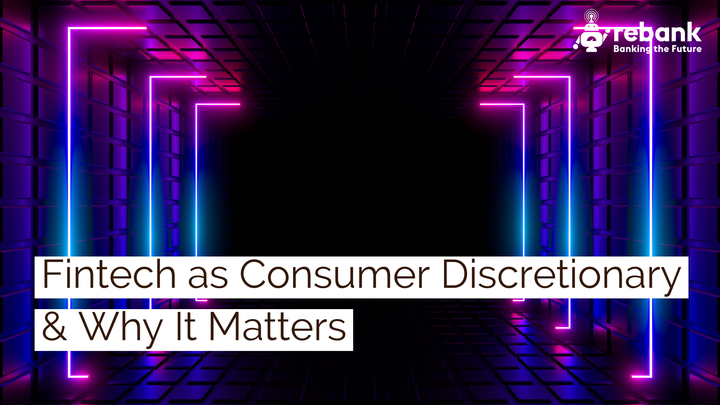What Will Next Generation SME Banking Look Like? (Part 2)

For Part 1, click here.
For centuries, businesses have depended on banks to provide financing to help them manage cash flow and grow. Despite widespread talk of banking disruption, SME customer needs are fundamentally the same today. Banks have built ancillary products around their core business of taking deposits and making loans, and many of these, including current/checking accounts, payments, cards, and cash management, are important to SMEs. The financial services landscape is changing rapidly, due in large part to cheaper, easier to deploy technology and the resulting influx of new competitors in the market.
Most banking innovation so far has been focused on retail customers, whose needs revolve around safeguarding savings, making and receiving payments, and accessing credit. Innovation at banks has focused on enhanced online self-service and usability, while new entrant financial technology companies (fintechs) have been innovating around retail payments and credit.
Like retail customers, SMEs are also concerned with safeguarding funds and making payments, but assuming these needs are met with basic functionality, their primary concern is access to financing. The availability of credit can mean the difference between success and failure for a business.
What Will Next Generation SME Banking Look Like?
As explained in a previous post, SME banking can be broken into two broad categories: products and delivery.
In Part 1 of this article, we looked at the product advances SMEs can expect in coming years. While there are great improvements in the pipeline, generally speaking, banking products aren’t broken.
The fundamental driver of SME dissatisfaction with banks is delivery, the topic here in Part 2.
Drivers of the SME Banking Experience
Five core elements drive the SME banking experience for customers and represent the ways in which banks can differentiate themselves:
- Open lines of communication from bank to customer
- An effective, single point of access to the entire range of bank products
- The intra-bank visibility necessary to ensure a holistic customer relationship view
- Access to credit, subject to an SMEs credit standing
- A culture of fairness and respect
Trust, security, and self-service through online banking are basic requirements, not differentiators, to attract and retain customers.
The Role of Technology
Technology will bring about some great new banking functionalities that will add value to SME customers. However, the true power of technology in enabling change in banking is, as boring as it sounds, in overhauling cumbersome, error-prone back-office processes, enhancing back-end visibility, and improving data flow and communication across disconnected systems within banks.
How SME Banking Will Change
The banks that excel in the small business space will address the five key drivers of the SME banking experience in the following ways:
- Providing open lines of communication with customers means banks need efficient message handling systems, quick access to information, and the human resources necessary to respond quickly to customers.
- A single point of access to a bank’s entire offering (including across business and personal) requires data flow and communication between systems and personnel in different parts of the bank.
- Offering a holistic customer relationship view to bank personnel and customers requires communication and visibility across systems used in different areas of the bank.
- Access to credit must be quick, transparent and predictable. It’s not a matter of providing financing to anyone who asks for it. It’s about clearly communicating what credit risks are suitable for the bank and why and ensuring credit is easy to apply for and quickly approved or declined.
- Fairness and respect must characterize every interaction between bank and customer and be supported by a strong culture running up and down an organization.
Incumbents or Challengers?
Incumbent banks have the customers and the brand recognition. Challengers have the flexibility to create and iterate and freedom from cultural and reputational baggage.
Incumbent banks face the enormous challenges of overhauling frightening numbers of disparate, often outdated, systems and inspiring cultural change across tens or hundreds of thousands of employees broadly entrenched in their ways. Challengers have the herculean task of building customer bases from scratch, almost exclusively through the acquisition of apathetic customers from the banks they’ve been with for years.
Competition is a sign of a healthy market. Regardless of who from the old and new prevails, SME customers should expect to benefit dramatically.
It’s about time.


